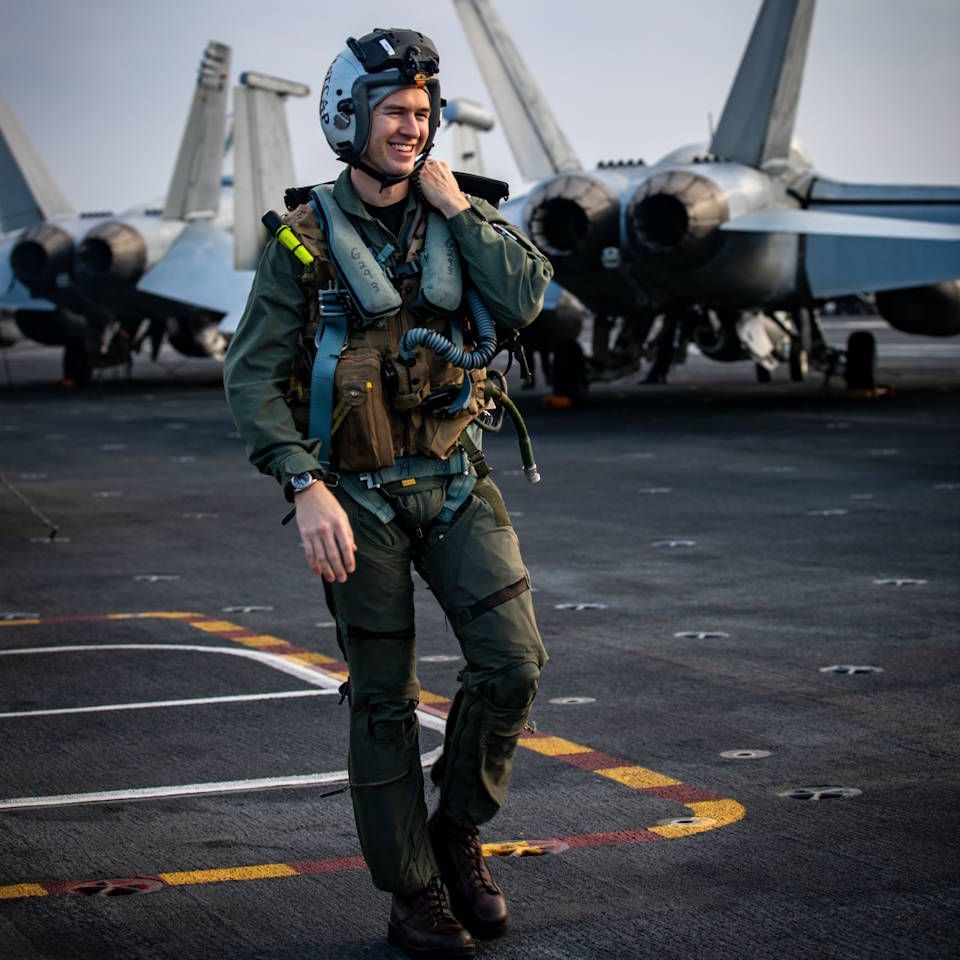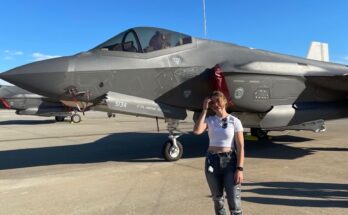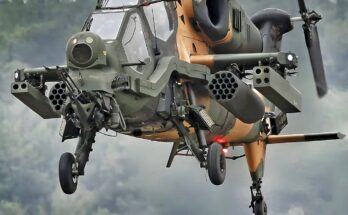
The morning on the flight deck of CVN 78, the USS Gerald R. Ford, begins with a hum that never really stops. Steel, jet fuel, and salt air mix into an atmosphere that feels both electric and heavy. The sea stretches endlessly, but all focus is on the narrow, ordered chaos of the deck. Among the crew in colored jerseys moving with practiced precision, one figure stands out: the pilot walking toward his F/A-18E Super Hornet.
Every step he takes is measured, not rushed. There is weight in the walk, not only from the gear strapped to his body but from the responsibility he carries. Strapped across his chest is the survival vest, radio gear, and flotation device. His helmet, tucked under one arm, reflects the deck lights as the sun rises in the background. The noise around him is deafening, but inside his head it’s a moment of sharp clarity.
The Super Hornet awaits, its wings folded tight to save space until launch. The aircraft looks powerful even in stillness, bristling with sensors and ordnance. Sailors have already begun final checks, running hands along the fuselage, inspecting connections, ensuring the machine is ready for what comes next. For the pilot, the walk to the jet is more than movement across a deck. It is a ritual, a moment that bridges the ordinary act of putting one foot in front of the other with the extraordinary act of taking a 66,000-pound aircraft into the sky from the deck of a moving carrier.
He exchanges nods with the yellow-shirt directing traffic, then with the green-shirts who maintain the catapults. No words need to be spoken. Every person on deck knows their role, and every role matters. As he approaches, he runs a gloved hand lightly across the side of the aircraft. For some, it might look like habit, but for him it’s acknowledgment, almost respect. The jet is both machine and partner.
Climbing the ladder into the cockpit, the pilot feels the shift from the collective energy of the deck to the intimate space of the cockpit. Here, it’s just him and the Hornet. The seat cradles him as he straps in, each buckle and latch snapping into place with familiarity. Ground crew circle below, checking panels, monitoring systems. From above, he can see the deck crew lining up in careful choreography, ready to launch the next wave.
Engines spool up, the roar vibrating through the ship itself. The smell of jet exhaust grows sharper, stinging the air. Still, there is a calmness within the canopy. Ahead lies the catapult, a strip of track that will hurl him from zero to flying speed in seconds. But for this brief sliver of time, the most important part was the walk. The act of leaving the relative safety of the carrier and stepping into a machine that carries both risk and purpose.
On CVN 78, the walk of a pilot to an F/A-18E is not just routine. It is the quiet threshold between human intent and the immense power of naval aviation.


